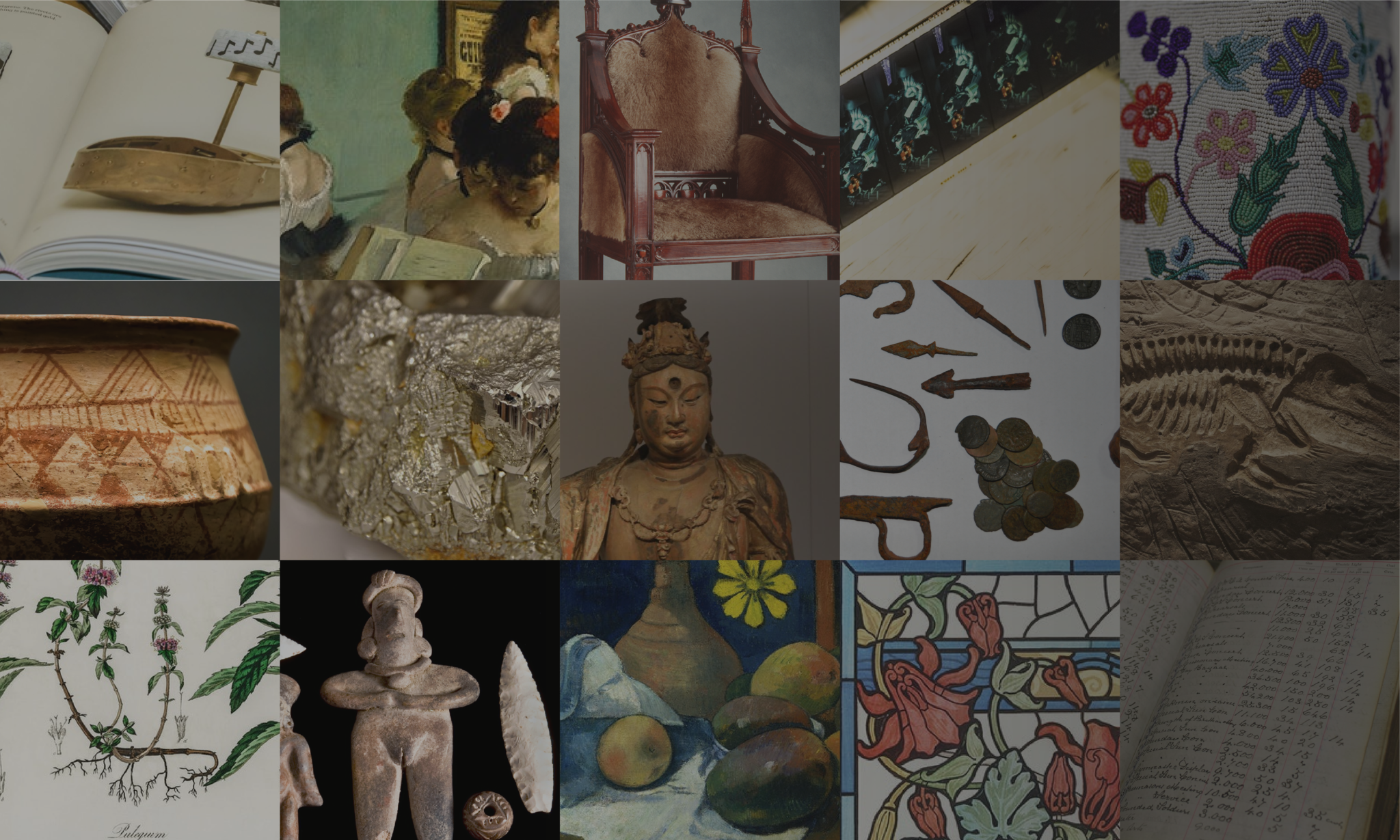If you’re investing in a DAMS, asking these questions could save you time and money
You’ve decided it’s time your institution finally invested in a DAMS, or a new DAMS. Now, the real work begins.
Scoping out the breadth of the work is going to take time but the more you plan, the better you will be prepared. And the better you are at answering the following questions, the smoother your project will run.
So, let’s get started…
1) Is the DAMS compliant with museum and archive standards?
Asking this question will save you some time. By now, you may have typed ‘digital asset management system’ into Google to see what’s on the market and thought, “Where do I start?”
One way to cut down the huge list of DAMS on the market and save yourself loads of time is to check that they are compliant with the relevant standards within the industry, such as Spectrum, NDSA and OAIS. Selecting a compliant vendor is just as important with a DAMS as it is with a CMS because it gives you the reassurance that the supplier has worked with institutions like yours before.
2) Will the system support the different needs within my organisation?
At the beginning of the project, it will be necessary to scope out the needs of different teams within your organisation. Your digital asset management system should help almost everyone in some way, but the needs of collections staff may be substantially different to those in, say, marketing.
Promotional materials may be the priority for marketing, with images of touring exhibitions and photos of famous artists opening events. Whereas, the work of Collections Managers and Archivists may focus on born-digital content and digitised items from the collection, where digital preservation is key. Whatever your role, it is important that assets are easily discoverable and manageable in a way that suites you and that your needs are heard.
3) Will it support our digital preservation strategy?
This is important. Implementing a new DAMS should help drive your digital preservation strategy, not unravel it. It’s important to know what features the system has that will be able to help with the key issues surrounding digital preservation, such as the following:
What checks can the system perform for bit-rot? Digital assets aren’t immune from deterioration, so how can a DAMS help you ensure integrity of assets long term?
Next, format obsolescence. It will be important to know that the DAMS you choose can deal with as many file types as possible and allow you to see which file types are common in your collection, and to make an assessment of file types you may wish to modernise.
And more… How will your DAMS deal with esoteric file formats? Abstraction?
4) How will it improve the efficiency of our work?
What other features does the system include to help you save more time? Does the system allow for offline ingest, allowing you to set up an ingestion of assets and leave it to work while you get on with something else? Many digital asset management systems require constant monitoring to look out for error messages as and when they occur, meaning more resource must be consumed in ingestion tasks.
5) How will it connect to our collections management system?
Trying to get two systems serving different purposes to work alongside each other is even harder than getting separate departments in your institution working fluently on the same project. To help the two systems from two different suppliers get along, there is usually the need for a piece of middleware.
But what is middleware and how does it come about?
Firstly, a process will need to take place to define a data exchange, so the DAMS knows what metadata to pull from the CMS, and vice versa. This is done through API calls. However, as requirements grow, one API call can become two, three, many, and you can find your middleware soon ends up as a whole new system. Issues can arise here with which party manages and supports the middleware, with constant need for redefined SLAs. This is rarely straightforward and often expensive and time-consuming.
So, you have two choices: prepare for the scenario above and ensure you thoroughly scope and define the middleware technology; or opt for a DAMS that cuts out the need for middleware.
6) What if our needs change?
Finally, the question you should be asking in any major project. Your needs are bound to change at some point. You may receive a large acquisition of born-digital assets or be required to ingest a huge collection of rapidly degrading material. To deal with this, your DAMS has to be scalable. Some digital asset management systems allow organisations to scale up or down by spreading tasks across multiple servers to increase capacity. So ensure your DAMS is capable of scaling up with your needs.
Looking for a DAMS that can take your digital strategy to the next level?
Find out about Axiell DAMS – Powered by Piction here




